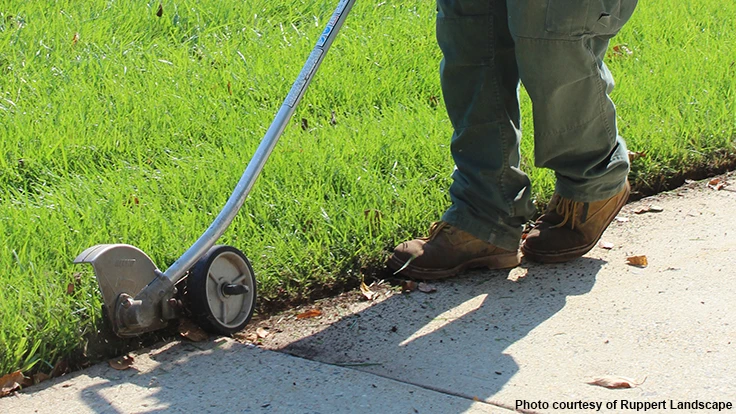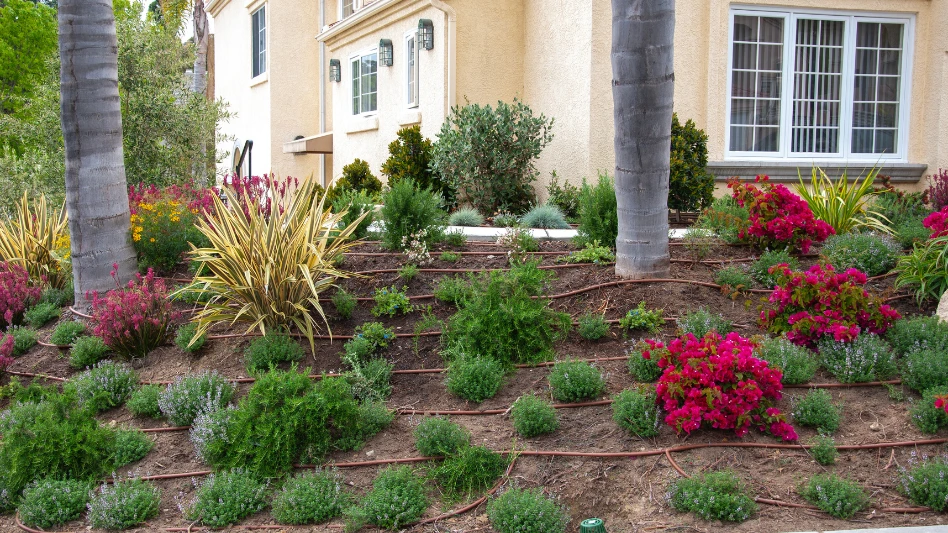
With the season just beginning, we’d thought we’d check in with Dr. Tracey C. Vlahovic, an associate professor in the Department of Podiatric Medicine and Orthopedics at the Temple University School of Podiatric Medicine, both in Philadelphia, Pennsylvania to get some tips on how to keep your feet healthy, since you are on them all day.
What are the three most important things to remember when working outside for a living to keep your feet healthy?
- a supportive, well-fitting shoe/boot
- a moisture wicking sock or an antimicrobial sock made of silver or copper if prone to athlete foot (tinea pedis) infections
Is there a certain type of shoe/boot or padding you’d recommend? What should landscapers keep in mind when shopping for a shoe/boot?
Make sure you find a toe box (the front part of the shoe) where you have enough room to accommodate your toes. If wearing a boot, a high fitting area that supports the ankle. If any foot pain or fallen arches, I recommend over the counter Spenco insoles for the insides of both shoes (even if one foot hurts, you want to be even).
Are there certain exercises landscapers can do to prevent foot injuries?
Stretching for the Achilles tendon (the long tendon in the back of your ankle) is important for someone standing, bending, stooping all day.
Our readers have to get on and off equipment a lot. Any tips on how to avoid foot problems when working in a career where this is common practice?
That's all to do with proprioception (where your ankles/feet are in space) and making sure your ankles are strong and healthy. Tips: Standing on one leg for 20-30 seconds at a time and then switching. Also, you can take a towel or stretchy band and put it around the ball of the foot. You can then move your ankle towards your midline and away and hold each direction for a few seconds (inversion and eversion). You can also do this up and down (dorsiflexion and plantarflexion).
We also have readers who do snow plowing. Does temperature factor in when dealing with foot health?
Absolutely, it's important to keep the feet dry and warm. Toes have tiny little blood supplies, so are prone to frostbite and chilblains. Make sure shoes are sturdy, waterproof, and socks are warm, but moisture wicking (so not to have the sweat from the feet stick to the bottom of the feet).
If you have any other advice for landscapers you think would be helpful, feel free to add it?
Make sure you inspect your feet daily after a tough day of work. Look in between the toes, bottom of the foot, at the nails. if the nails are thickened and discolored, it might be time to see your doctor for a topical therapy for toenails.
Interviewed by: Brian Horn
Latest from Lawn & Landscape
- LMN partners with Attentive.ai
- Get to know the generations working for you
- Addressing addiction in landscaping
- Fairway expands national footprint with 6 acquisitions
- Graze Robotics opens new headquarters in Plano, Texas
- Addiction in the green industry
- Kress earns Sourcewell approval
- The best laid plans





